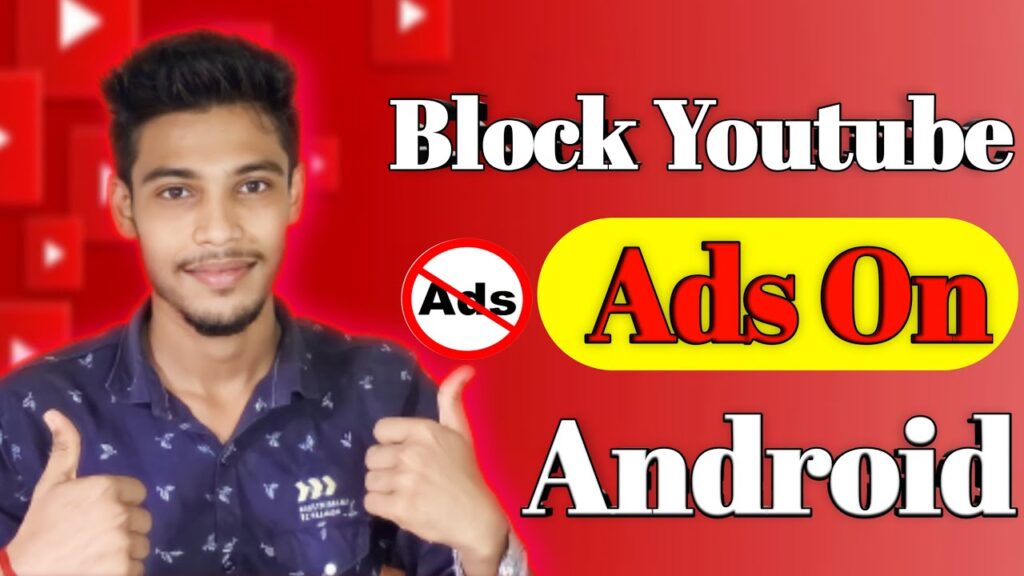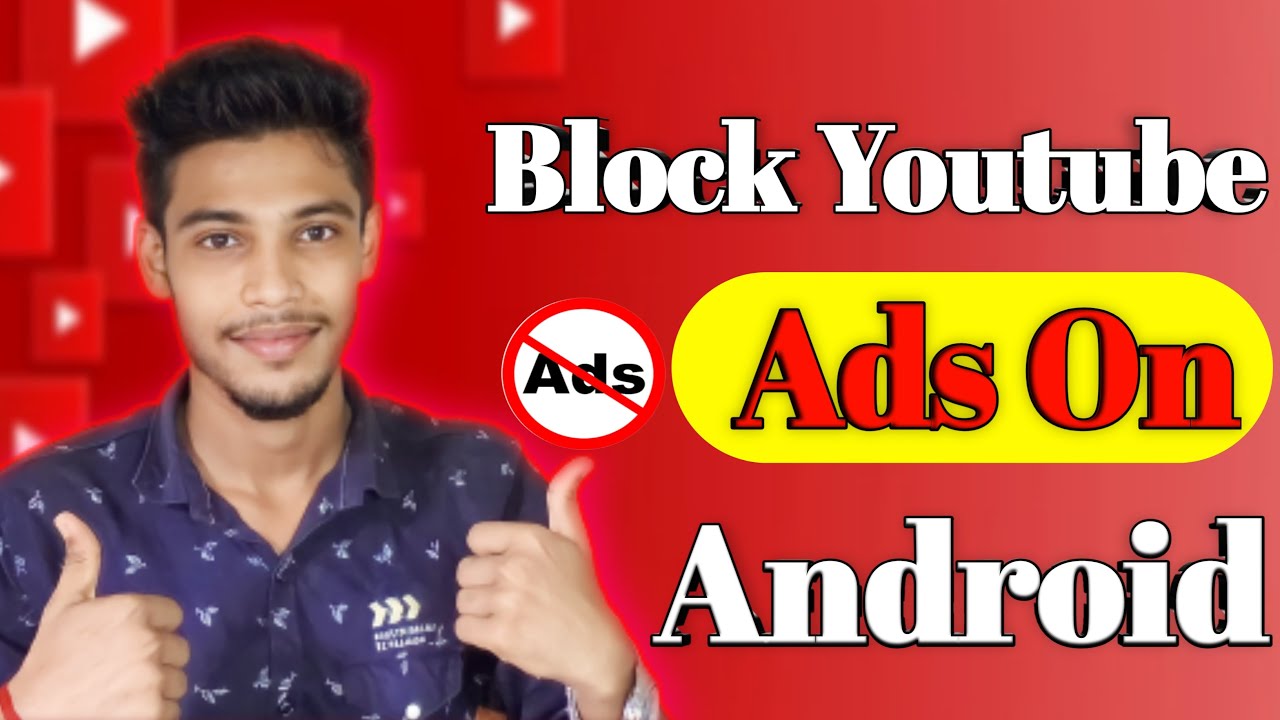
YouTube Ad Blockers: A Comprehensive Guide to Blocking Ads on YouTube
YouTube, the world’s largest video-sharing platform, has become an integral part of our daily lives. From entertainment and education to news and music, YouTube offers a vast array of content to suit every interest. However, the ubiquitous presence of advertisements can often disrupt the viewing experience. This has led to the widespread adoption of YouTube ad blockers, tools designed to eliminate or minimize the number of ads users encounter while watching videos. This comprehensive guide explores the world of YouTube ad blockers, examining their functionality, legality, ethical considerations, and the ongoing battle between ad blockers and YouTube itself.
What are YouTube Ad Blockers?
YouTube ad blockers are software applications or browser extensions designed to prevent advertisements from playing before, during, or after YouTube videos. These tools work by identifying and blocking the requests that fetch ads from YouTube’s servers. By doing so, they provide a cleaner, uninterrupted viewing experience.
Several types of YouTube ad blockers are available:
- Browser Extensions: These are the most common type of ad blocker, easily installed and activated within web browsers like Chrome, Firefox, and Safari. Examples include AdBlock, Adblock Plus, and uBlock Origin.
- Standalone Applications: Some ad blockers function as separate applications that filter internet traffic at the system level, blocking ads across all applications, including YouTube.
- VPNs with Ad-Blocking Capabilities: Certain Virtual Private Networks (VPNs) offer built-in ad-blocking features, providing both privacy and ad-free browsing.
- Modified YouTube Apps: For mobile users, modified versions of the YouTube app exist that have ad-blocking functionality integrated directly into the app.
How YouTube Ad Blockers Work
The technical mechanisms behind YouTube ad blockers are relatively straightforward. These tools typically employ one or more of the following techniques:
- Filtering: Ad blockers maintain lists of known ad servers and domains. When a webpage or application attempts to load content from these sources, the ad blocker intercepts the request and prevents it from being fulfilled.
- Element Hiding: Some ad blockers identify and hide the HTML elements that contain ads, effectively removing them from the page without blocking the underlying requests.
- Script Blocking: Many ads rely on JavaScript to function. Ad blockers can disable the execution of these scripts, preventing ads from loading and playing.
- Content Replacement: In some cases, ad blockers may replace ads with blank spaces or alternative content, such as placeholder images.
The Legality of Using YouTube Ad Blockers
The legality of using YouTube ad blockers is a complex and often debated issue. In most jurisdictions, using ad blockers is not explicitly illegal. However, it may violate the terms of service of platforms like YouTube.
YouTube’s terms of service typically state that users must not circumvent the platform’s advertising model. By using an ad blocker, users are arguably violating these terms. However, the enforcement of these terms is challenging, and YouTube has historically focused on blocking the ad blockers themselves rather than penalizing individual users.
It’s important to note that the legality of ad blocking can vary depending on the specific jurisdiction and the terms of service of the platform in question. Users should familiarize themselves with the relevant laws and terms before using an ad blocker.
Ethical Considerations of Blocking YouTube Ads
Beyond the legal aspects, the use of YouTube ad blockers raises several ethical considerations.
- Impact on Content Creators: YouTube creators rely on ad revenue to support their work. By blocking ads, users are reducing the income of these creators, potentially making it more difficult for them to produce content.
- Fairness: Some argue that blocking ads is unfair to advertisers who pay to reach YouTube’s audience. Ad revenue helps support the platform’s infrastructure and allows it to provide free content to users.
- Alternative Funding Models: Many creators are exploring alternative funding models, such as Patreon, merchandise sales, and sponsorships, to reduce their reliance on ad revenue. Users who block ads may consider supporting their favorite creators through these alternative channels.
YouTube’s Stance on Ad Blockers
YouTube has consistently taken a strong stance against YouTube ad blockers. The platform argues that ads are essential for supporting its operations and providing free content to users. YouTube has implemented various measures to detect and block ad blockers, including:
- Ad Blocker Detection: YouTube uses scripts and algorithms to detect when users are using ad blockers.
- Ad Blocker Warnings: When an ad blocker is detected, YouTube may display a warning message asking users to disable the ad blocker or subscribe to YouTube Premium.
- Ad Blocker Blocking: In some cases, YouTube may block users from watching videos if they are using an ad blocker.
- Server-Side Ad Insertion: YouTube has increasingly adopted server-side ad insertion (SSAI), which makes it more difficult for ad blockers to detect and block ads. SSAI integrates ads directly into the video stream, making them indistinguishable from the content itself.
The Ongoing Battle: Ad Blockers vs. YouTube
The relationship between YouTube ad blockers and YouTube is an ongoing cat-and-mouse game. Ad blocker developers are constantly working to circumvent YouTube’s ad-blocking measures, while YouTube is continually refining its detection and blocking techniques.
This battle has led to an arms race, with both sides investing significant resources in developing and deploying countermeasures. The effectiveness of ad blockers can vary over time, as YouTube updates its algorithms and ad-serving infrastructure.
Alternatives to Using YouTube Ad Blockers
For users who want to support content creators and avoid violating YouTube’s terms of service, several alternatives to using YouTube ad blockers exist:
- YouTube Premium: YouTube Premium is a subscription service that provides ad-free access to all YouTube videos, as well as other benefits such as background playback and offline downloads.
- Supporting Creators Directly: Users can support their favorite creators through platforms like Patreon, Ko-fi, and YouTube Memberships.
- Accepting Ads: Some users choose to simply accept the presence of ads on YouTube, recognizing that they are a necessary part of the platform’s ecosystem.
- Using Brave Browser: Brave is a web browser with built-in ad-blocking and privacy features. It also offers a rewards program that allows users to support content creators by viewing privacy-respecting ads.
Choosing the Right YouTube Ad Blocker
If you decide to use a YouTube ad blocker, it’s important to choose one that is reputable and reliable. Consider the following factors when selecting an ad blocker:
- Effectiveness: The ad blocker should be able to effectively block ads on YouTube without interfering with the playback of videos.
- Performance: The ad blocker should not significantly slow down your browser or device.
- Privacy: Choose an ad blocker that respects your privacy and does not collect or share your personal data. [See also: Best Privacy Focused Browser Extensions]
- Customization: Some ad blockers offer advanced customization options, allowing you to fine-tune their behavior and whitelist specific websites or channels.
- User Reviews: Read user reviews and ratings to get an idea of the ad blocker’s performance and reliability.
The Future of YouTube Ad Blocking
The future of YouTube ad blocking is uncertain. As YouTube continues to develop more sophisticated ad-blocking measures, ad blocker developers will need to adapt and innovate to stay ahead. The ongoing battle between these two forces is likely to continue for the foreseeable future.
Ultimately, the decision of whether or not to use a YouTube ad blocker is a personal one. Users should weigh the benefits of an ad-free viewing experience against the ethical and legal considerations, and choose the option that best aligns with their values and preferences.
Conclusion
YouTube ad blockers offer a way to enjoy YouTube content without the interruption of advertisements. However, their use raises legal and ethical questions. As YouTube continues to evolve its ad-serving technology, the effectiveness of ad blockers will likely fluctuate. Understanding the implications of using these tools is crucial for making informed decisions about your YouTube viewing experience. Weighing the pros and cons, exploring alternatives like YouTube Premium, and supporting content creators directly can contribute to a sustainable ecosystem for online video content. The debate surrounding YouTube ad blockers highlights the ongoing tension between user experience, content monetization, and the evolving landscape of online advertising.

